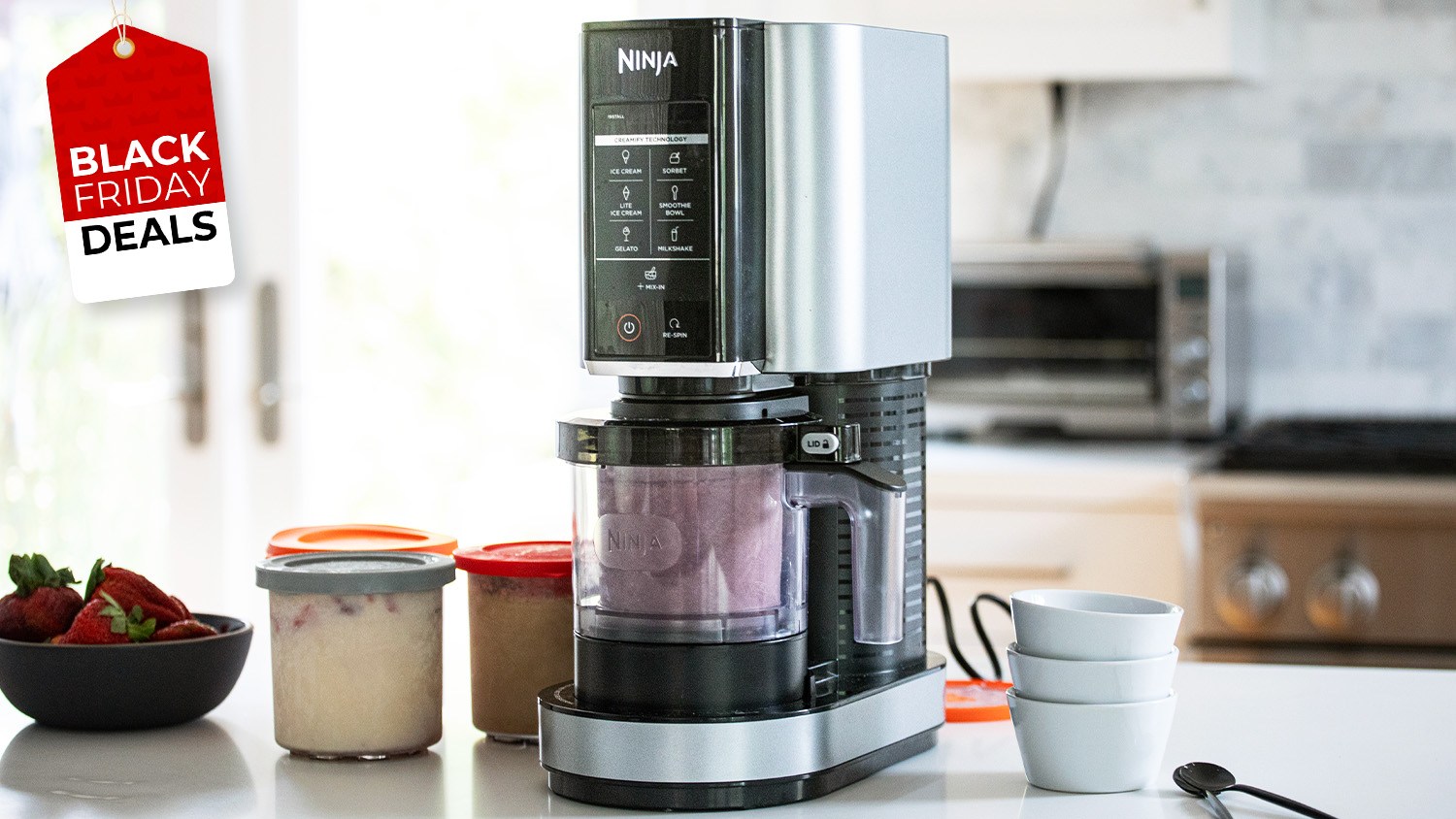Spirits are high among the International Brotherhood of the Teamsters as negotiations with shipping giant UPS stay frozen ahead of a July 31 contract negotiation deadline, The Hill found in a range of interviews.
If the Teamsters strike, some 340,000 drivers, warehouse workers and other employees could walk off the job in one of the largest labor actions in U.S. history.
The potential strike is part of surging labor activity in the U.S. and around the world as a result of elevated inflation, which central banks have been attempting to fend off by raising interest rates in an attempt to take the wind out of the labor market.
In the interim, companies have been raking in record profits during the recovery from the pandemic, changing the distribution of value in the economy from labor payments to returns on investment.
Teamsters president Sean O’Brien told The Hill that the economic model must change, and UPS needs to start forking over more of its profits to improve the working conditions of its employees as well as returning them to the people who own the company.
“I want to see them reward their people. I want to see them give them their biggest raises increase they’ve ever had because they’ve made the biggest profits they’ve ever had,” O’Brien told The Hill on Friday at a dry-run for the strike outside of a UPS facility in Brooklyn, N.Y.

UPS training nonunion drivers complicates bargaining efforts
As Teamsters members were making noise in Brooklyn on Friday, UPS said it will start training nonunion workers — or scabs — to prevent a labor disruption.
“Over the coming weeks, many of our U.S. employees will participate in training that would help them safely serve our customers if there is a labor disruption,” the company said in a Friday statement.
In a company filing, UPS has listed “further increased workers’ compensation” among factors that “could materially adversely affect us.”
It has also indicated the sensitivity of labor is part of its business model and suggested a limited capacity to train and hire more people.
“If we are unable to hire, properly train or retain qualified employees, we could experience higher labor costs, reduced revenues, further increased workers’ compensation and automobile liability claims, regulatory noncompliance, customer losses and diminution of our brand value or company culture, which could materially adversely affect us,” the company said.
Teamsters spokespeople said last Friday that the hiring of nonunion workers is an affront to the collective bargaining process and makes negotiations more difficult.
“What an insult this is to the hardworking men and women who do backbreaking work every day to make this company $100 billion a year,” a Teamsters spokesperson told The Hill. “The full-time drivers, and the part-time workers making poverty wages, deserve better from this company.”
UPS drivers make $18.05 an hour in Arkansas, $17.63 in Oklahoma and $21.02 in Connecticut, according to Indeed.
UPS made $11.5 billion in net income in 2022, as profits exceeded fourth-quarter expectations. The company’s 2022 operating profits hit more than $13 billion, for an operating margin of 13%.

30% of parcels in the US could be affected by a Teamsters UPS strike
Parcel volumes diverted as a result of the strike could be up for grabs, able to be snapped up by competitors.
“UPS handled about 18.6 million parcels in the U.S. per day in the first quarter. Under a contingency plan, it expects to handle 4 million parcels on its own. The balance of about 14.6 million parcels, most of which would be ground deliveries, would be subject to diversion,” logistics publication Freightwaves reported Monday.
About 30% of that — or 4 million parcels a day — could be lost, Freightwaves said, citing Satish Jindel, president of consultancy ShipMatrix.
Part-time workers remain a major issue in negotiations
The real impasse now appears to be wages for part-time workers.
“When they moved on to some of the part-timer issues, it was like UPS dug their heels in,” Rocky DiPaolo, an organizer with the Teamsters Local 804, told The Hill in an interview.
O’Brien grabbed the national spotlight after a heated confrontation in the Senate earlier this year with Sen. Markwayne Mullin (R-Okla.), which the senator followed up by challenging O’Brien to a literal cage match.
“The cage match that I’m focused on right now is the cage match against corporate America. You know, when you’ve got a little mind, you know, you say stupid things. He needs to step up,” O’Brien told The Hill.
Mullin told The Hill last week he had not yet received a response from O’Brien to his offer.
Is Amazon next on the Teamsters’ agenda?
The dynamics playing out in the potential strike are in part a result of the ascendancy of e-commerce and various types of online businesses that, along with inflation, have disrupted labor relations and gotten people riled up.
“UPS was being foolish because they’re trying to organize Amazon — yes, begging us to organize Amazon and level the playing field a little bit,” Rocky DiPaolo of Teamsters told The Hill.
The unions are preparing for the strike by informing members of their strike-associated benefits, which range from $200 to $520 per week, depending upon how the employees are classified.
Teamsters tell White House not to get involved
Sean O’Brien has asked the White House repeatedly not to get involved in the negotiations.
“We have taken a strong position with the White House that — you know, in my neighborhood where I grew up in Boston, if two people were having a disagreement and you had nothing to do with it, you just kept walking. We echoed that to the White House on numerous occasions,” O’Brien said on a call with his union on Sunday.
Despite the request, the White House has been in touch with both sides, according to spokesperson Karine Jean-Pierre.
The White House also got involved in negotiations between railroad workers and bosses last year, effectively ending their bargaining process at Christmas.











